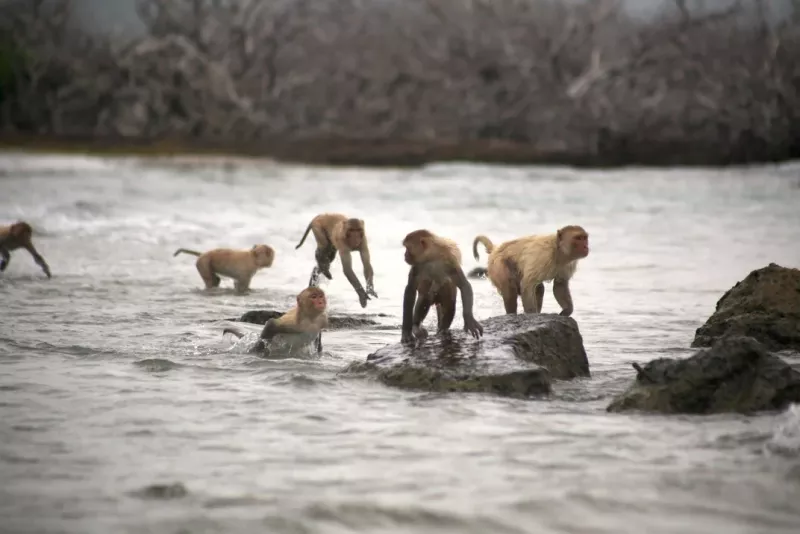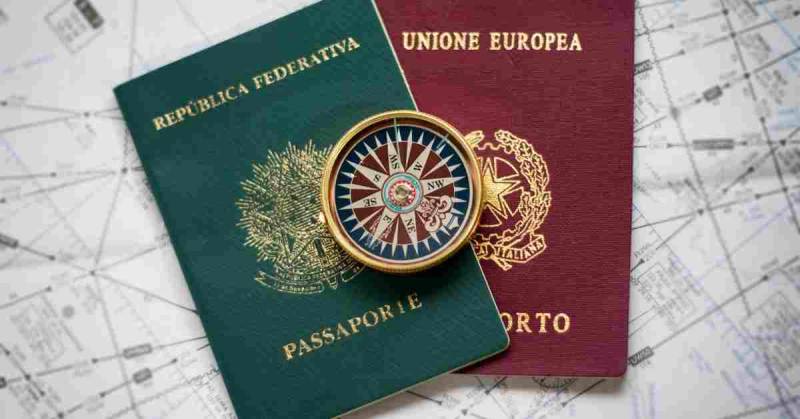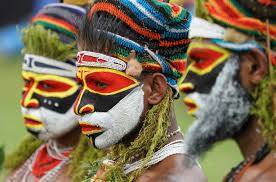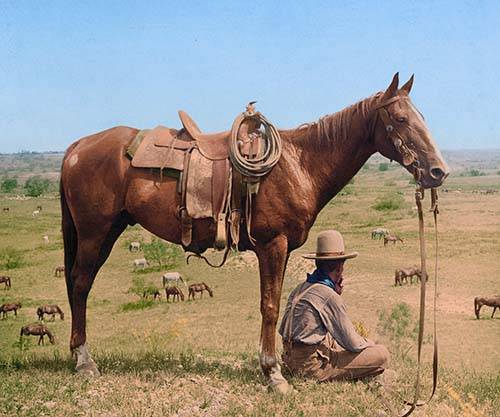The Caribbean Primate Research Center on Monkey Island is one of the world’s top institutions for studying primate behavior
1,500 rhesus macaques living a mile off the eastern shore of Puerto Rico on Cayo Santiago was been exposed when hurricane Maria made landfall in Puerto Rico, pummeling the island with 170 mile per hour wind gusts and flooding rain. It would be the first category 4 hurricane to strike the island in nearly 85 years, leaving many citizens without basic necessities like electricity, food, running water and shelter.
The island, known locally as Monkey Island, first became home to these unlikely inhabitants in the late 1930s, when primatologist Clarence Carpenter brought about 450 of the monkeys by ship from India to the 38-acre island to study their social and sexual behaviors. Through that initial pioneering research, the tree-studded enclave eventually became home to the Caribbean Primate Research Center, an educational and research facility that’s part of the University of Puerto Rico. Over the years, generations of monkeys have descended from that original colony, and today those descendants roam freely around the island, playing on its sandy beaches and exploring its endless canopy of trees. The rhesus macaques—each weighing about 20 pounds and known for their long, fluffy tails and straw-colored fur—live largely independent from human intervention (minus feedings).
Currently, their diet includes coconuts, corn, seeds, apples, papaya and Purina Monkey Chow (yes, it’s a real thing!), which are yellow egg-shaped dry biscuits. Arre confirms that the monkeys are not fans of bananas despite what movies and media may depict.
After Hurricane Maria, the monkeys had more affiliative interactions in their social networks, and their social networks expanded, so they were interacting with more individuals Arre says. Researchers also studied how trauma, especially early-life adversity like a hurricane, can affect a monkey’s behavior and health.
That research would eventually become part of a study published early last year in Current Biology, concluding that the macaques became more social and monkeys that were more isolated prior to the hurricane increased social connections most after it.
Another study found that females were reproducing less frequently after the hurricane.
Credits: smithsonianmag






